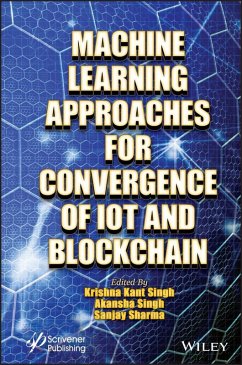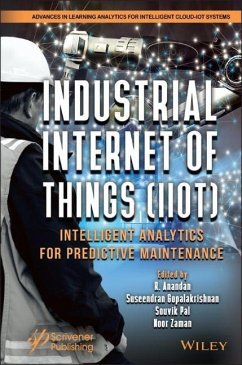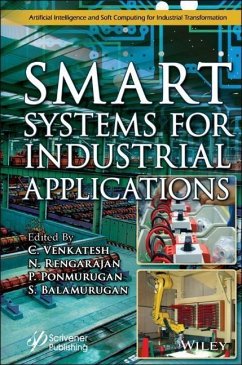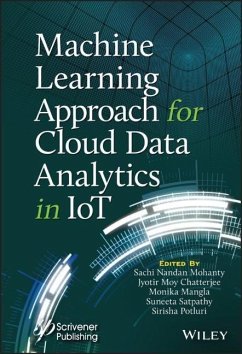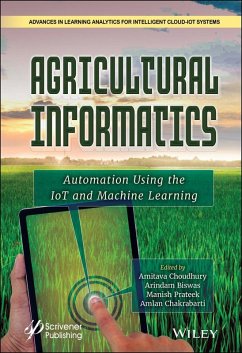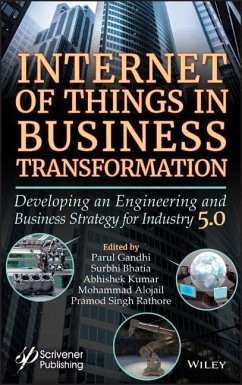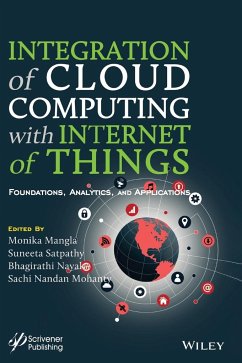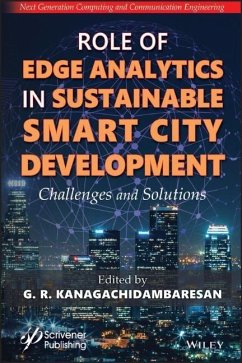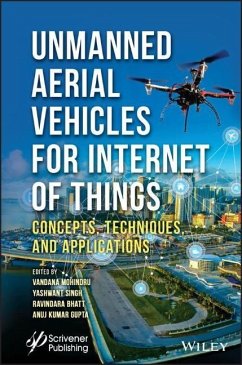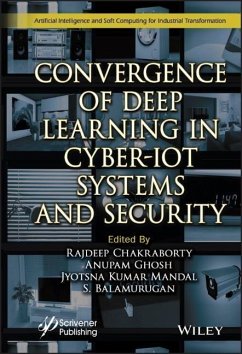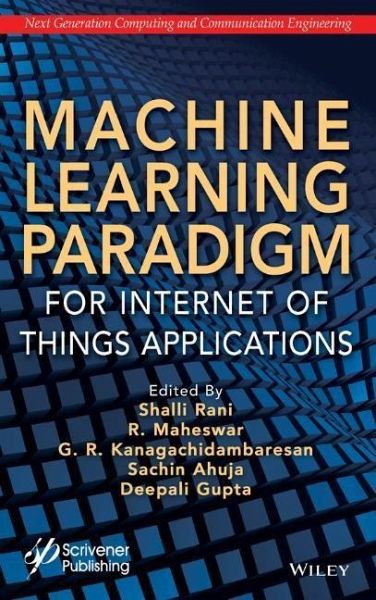
Machine Learning Paradigm for Internet of Things Applications
Versandkostenfrei!
Versandfertig in über 4 Wochen
187,99 €
inkl. MwSt.
Weitere Ausgaben:

PAYBACK Punkte
94 °P sammeln!
MACHINE LEARNING PARADIGM FOR INTERNET OF THINGS APPLICATIONSAs companies globally realize the revolutionary potential of the IoT, they have started finding a number of obstacles they need to address to leverage it efficiently. Many businesses and industries use machine learning to exploit the IoT's potential and this book brings clarity to the issue.Machine learning (ML) is the key tool for fast processing and decision-making applied to smart city applications and next-generation IoT devices, which require ML to satisfy their working objective. Machine learning has become a common subject to ...
MACHINE LEARNING PARADIGM FOR INTERNET OF THINGS APPLICATIONS
As companies globally realize the revolutionary potential of the IoT, they have started finding a number of obstacles they need to address to leverage it efficiently. Many businesses and industries use machine learning to exploit the IoT's potential and this book brings clarity to the issue.
Machine learning (ML) is the key tool for fast processing and decision-making applied to smart city applications and next-generation IoT devices, which require ML to satisfy their working objective. Machine learning has become a common subject to all people like engineers, doctors, pharmacy companies, and business people. The book addresses the problem and new algorithms, their accuracy, and their fitness ratio for existing real-time problems.
Machine Learning Paradigm for Internet of Thing Applications provides the state-of-the-art applications of machine learning in an IoT environment. The most common use cases for machine learning and IoT data are predictive maintenance, followed by analyzing CCTV surveillance, smart home applications, smart-healthcare, in-store 'contextualized marketing', and intelligent transportation systems. Readers will gain an insight into the integration of machine learning with IoT in these various application domains.
As companies globally realize the revolutionary potential of the IoT, they have started finding a number of obstacles they need to address to leverage it efficiently. Many businesses and industries use machine learning to exploit the IoT's potential and this book brings clarity to the issue.
Machine learning (ML) is the key tool for fast processing and decision-making applied to smart city applications and next-generation IoT devices, which require ML to satisfy their working objective. Machine learning has become a common subject to all people like engineers, doctors, pharmacy companies, and business people. The book addresses the problem and new algorithms, their accuracy, and their fitness ratio for existing real-time problems.
Machine Learning Paradigm for Internet of Thing Applications provides the state-of-the-art applications of machine learning in an IoT environment. The most common use cases for machine learning and IoT data are predictive maintenance, followed by analyzing CCTV surveillance, smart home applications, smart-healthcare, in-store 'contextualized marketing', and intelligent transportation systems. Readers will gain an insight into the integration of machine learning with IoT in these various application domains.




